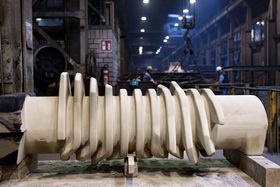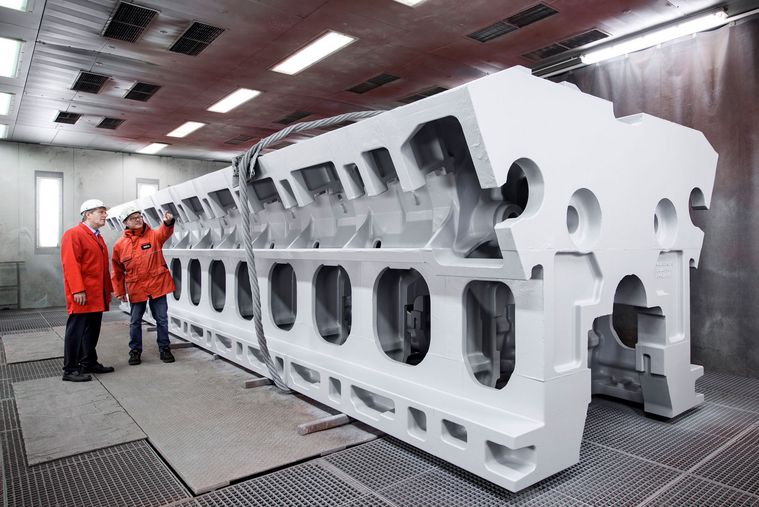3D printing: The future models for us
3D printing: The future models for us
Advantages over conventional methods
3D-printed products and components have long been much more than just another new trend in manufacturing. Annual market growth of a constant approx. 15%, depending on the particular sector, demonstrates that 3D printing is, instead, a now widely used, groundbreaking production process.


